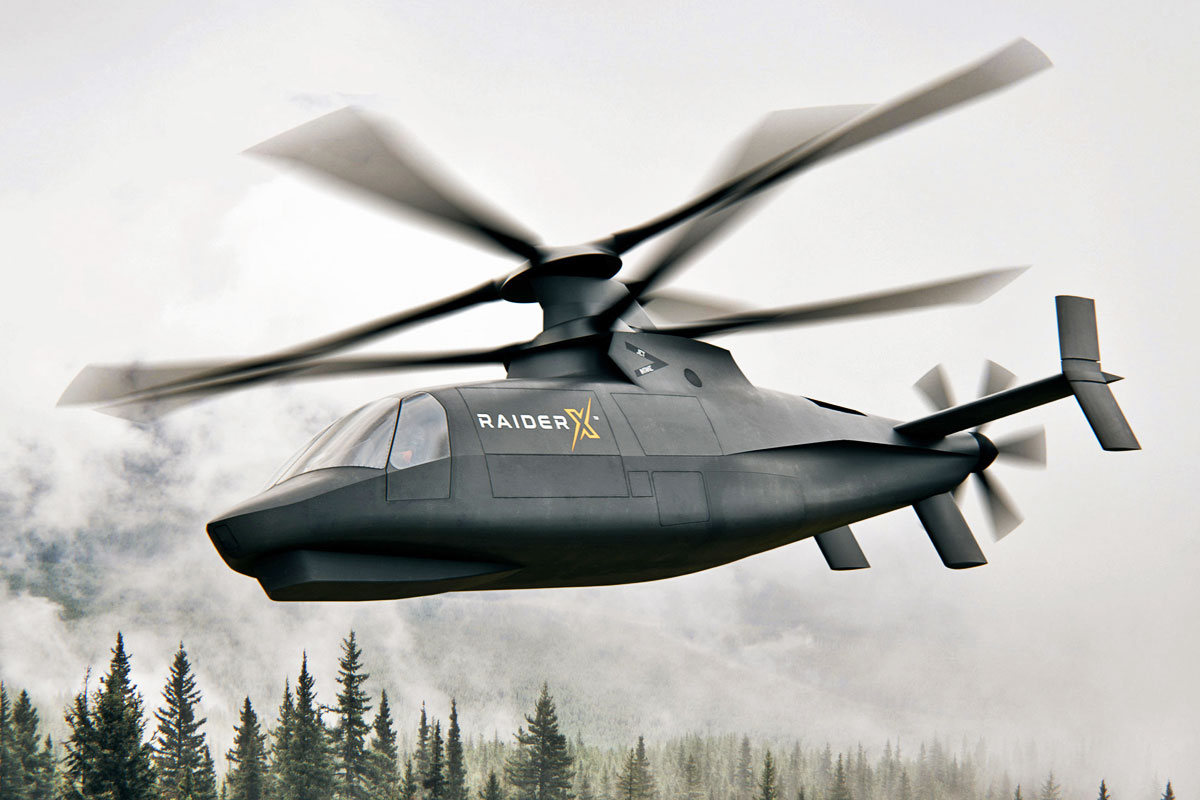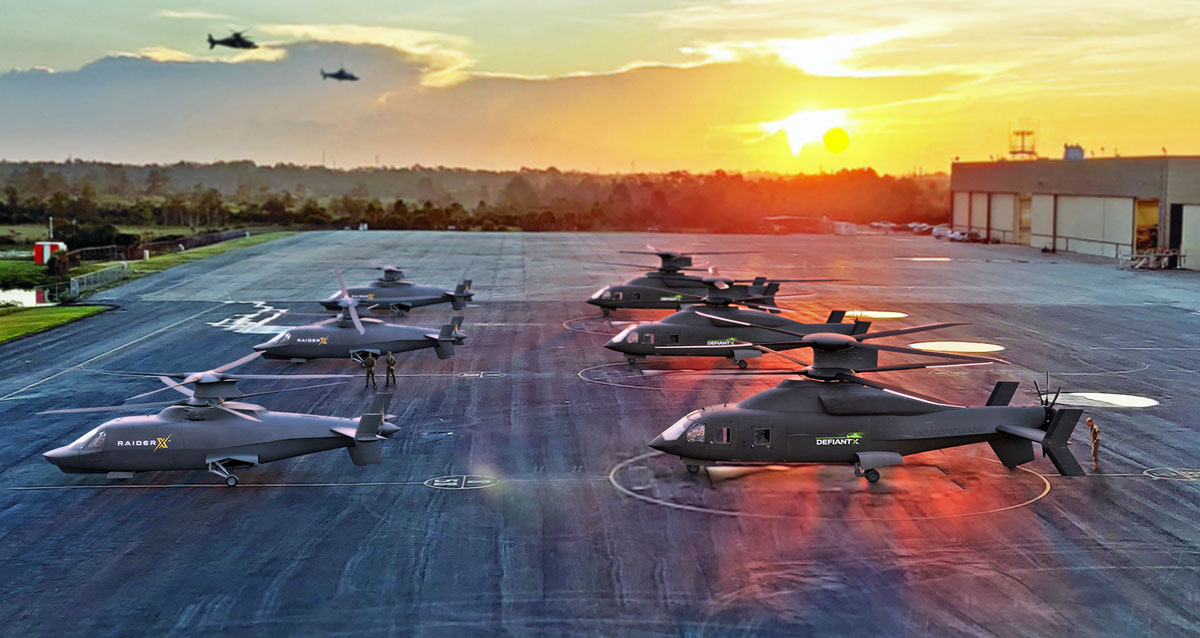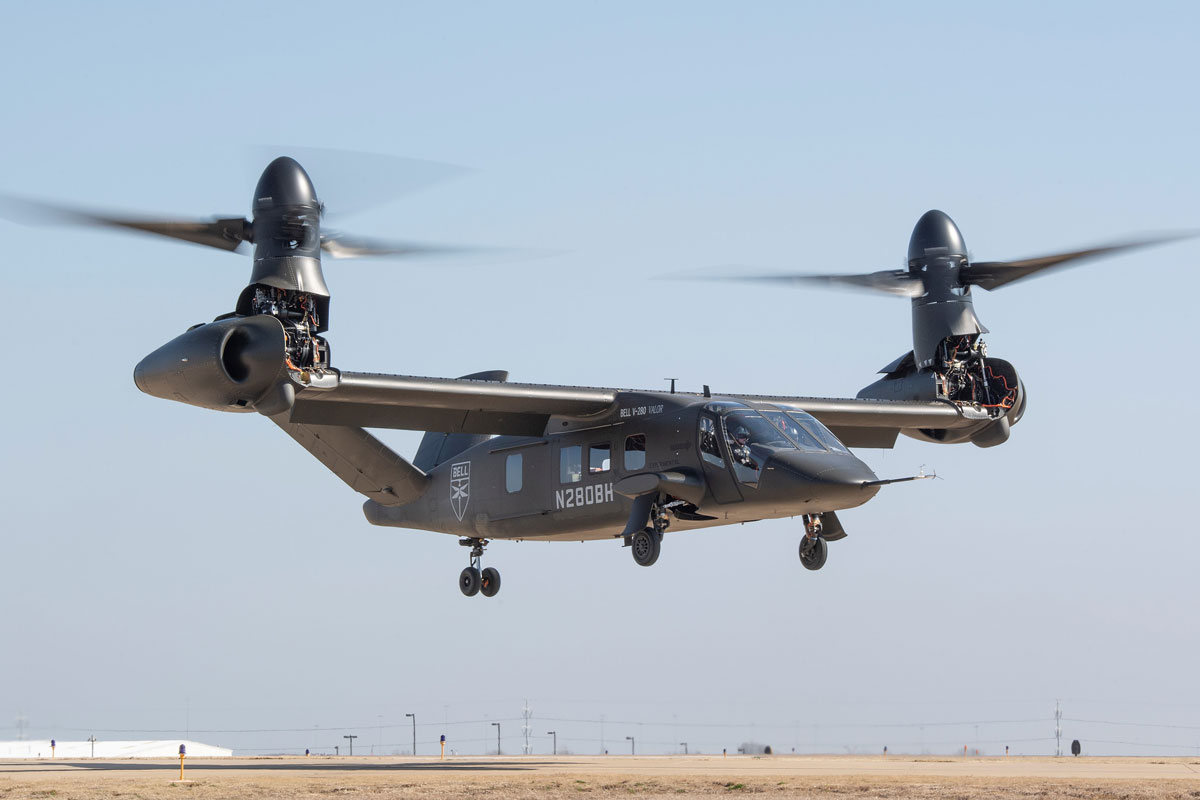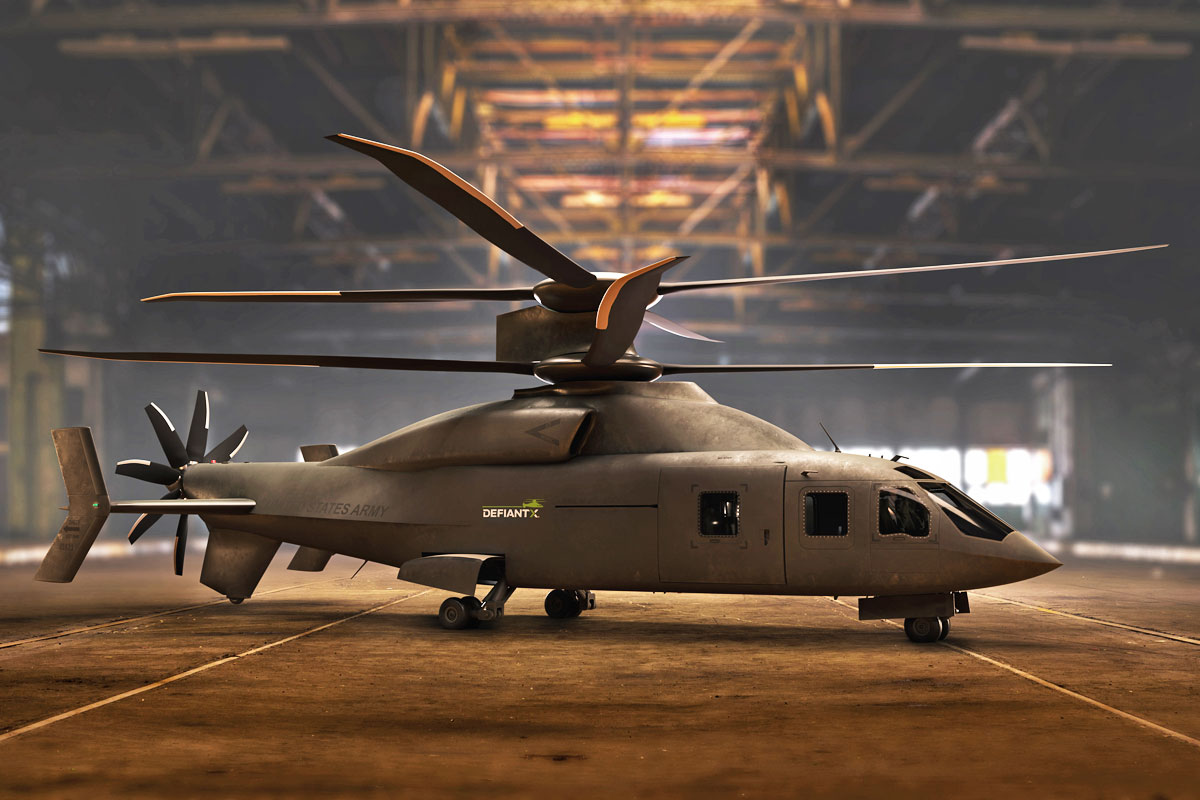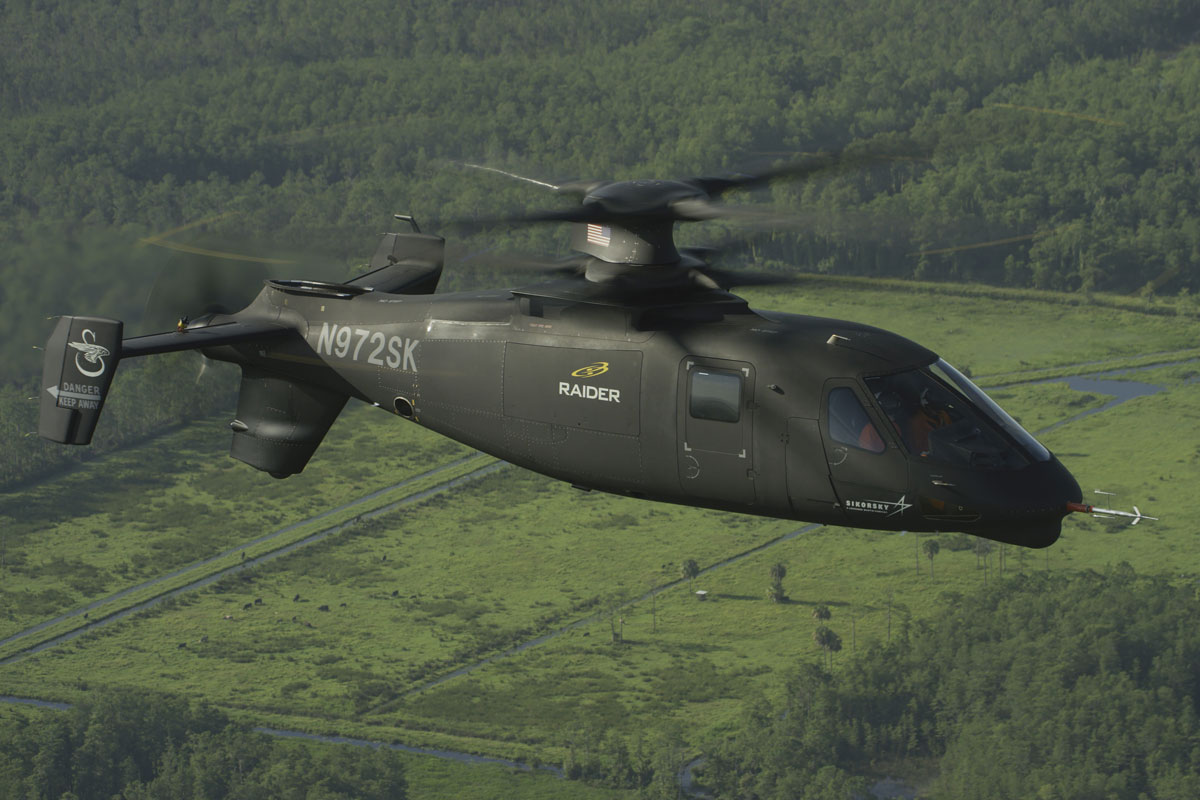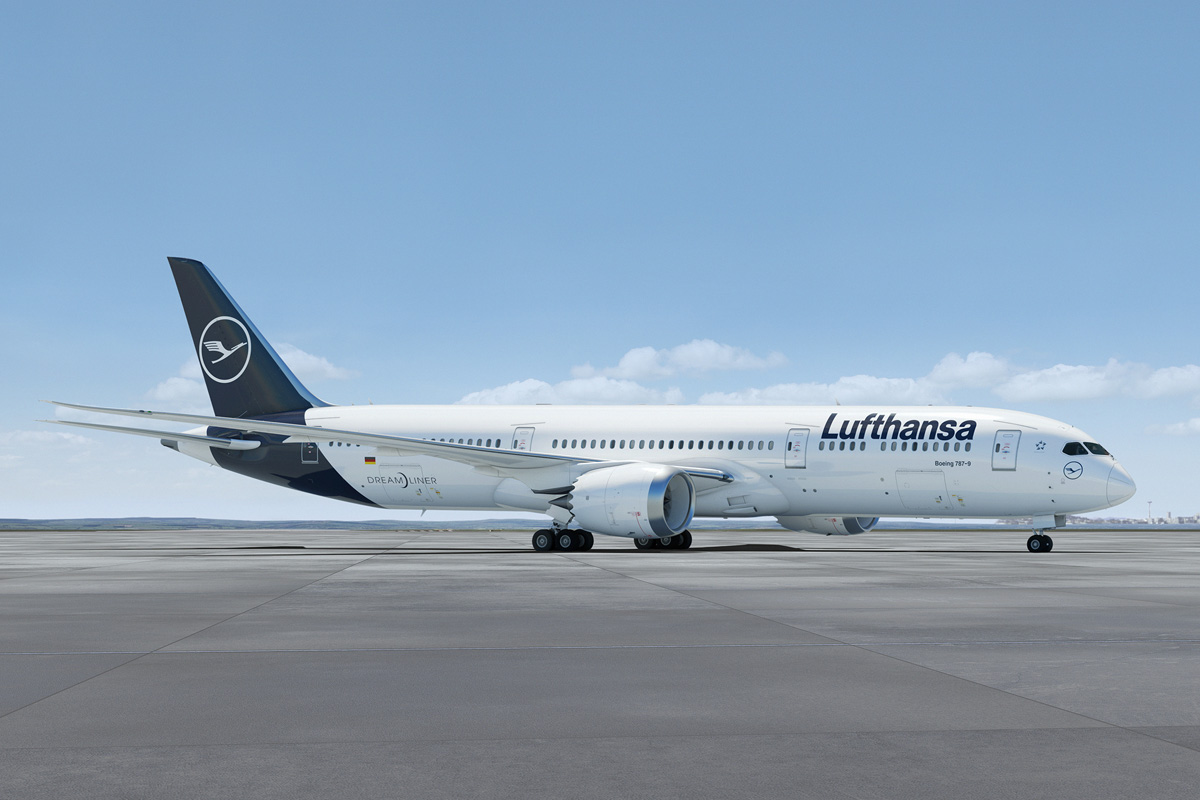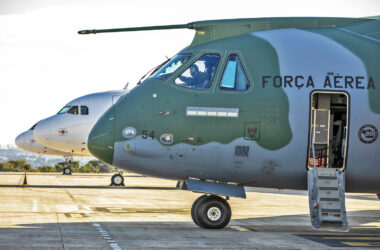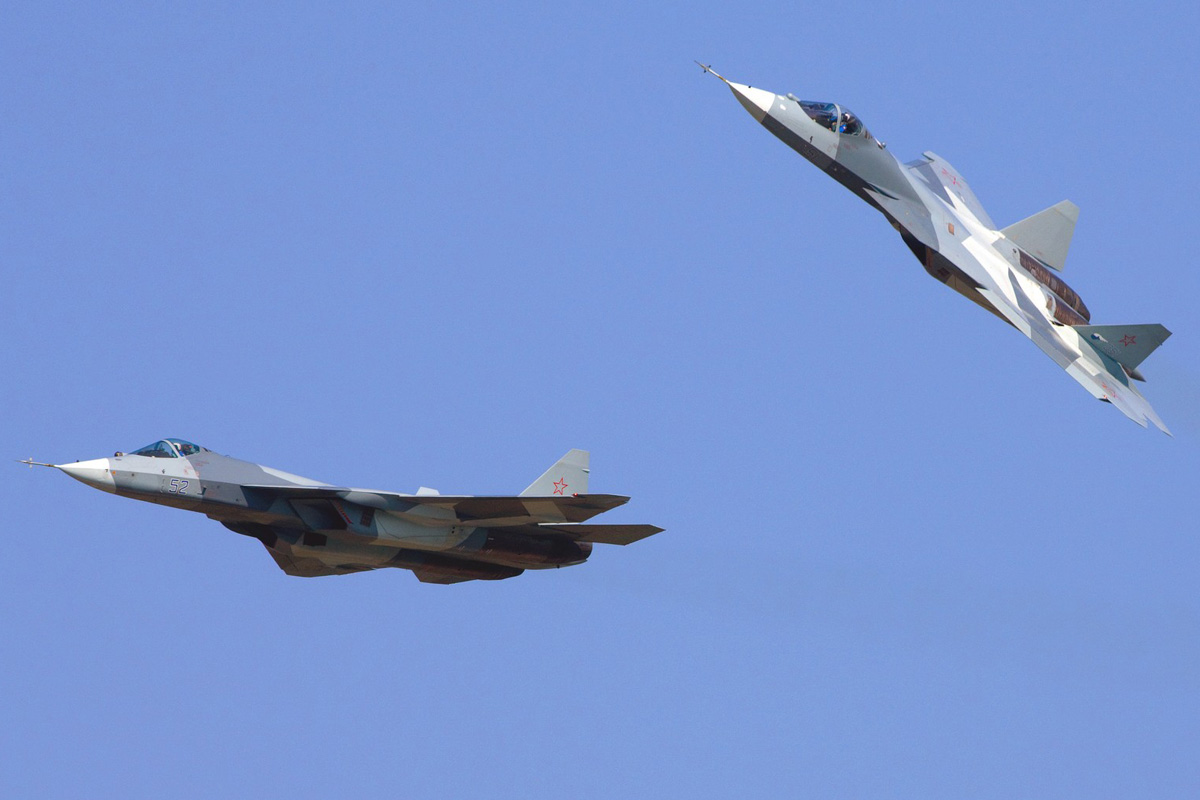Two of the most traditional helicopter manufacturers in the U.S. are competing for historic contracts with the Pentagon to provide a reconnaissance model and a versatile aircraft capable of replacing the H-60 Blackhawk. However, if Bell proposes known concepts, its rival Sikorsky wants to win both bids with the same proposal, the X2 technology, a flight system with coaxial rotors.
In this sense, both Raider X, competitor of the FARA program (Future Attack Reconnaissance Aircraft) and Defiant X, the proposal recently presented by Sikorsky for FLRAA (Future Long-Range Assault Aircraft), recall old projects, especially Russian ones that they have used the idea for a long time. But the two helicopters are more than that.
X2 technology is based on rigid rotors, without the moving parts in the rotor head and sensitive point of any helicopter. In order to play the role of horizontal propulsion, a pusher propeller was adopted, which also contributes for these models to reach high speeds, above 250 knots (463 km/h).
An advanced fly-by-wire system reduces vibration caused by the rotors and allows high maneuverability to be combined at low speeds with a fast flight and above 9,000 feet (2,743 m). In addition to the X2 system, the two helicopters have a common low-observation fuselage with internal weapon compartments.
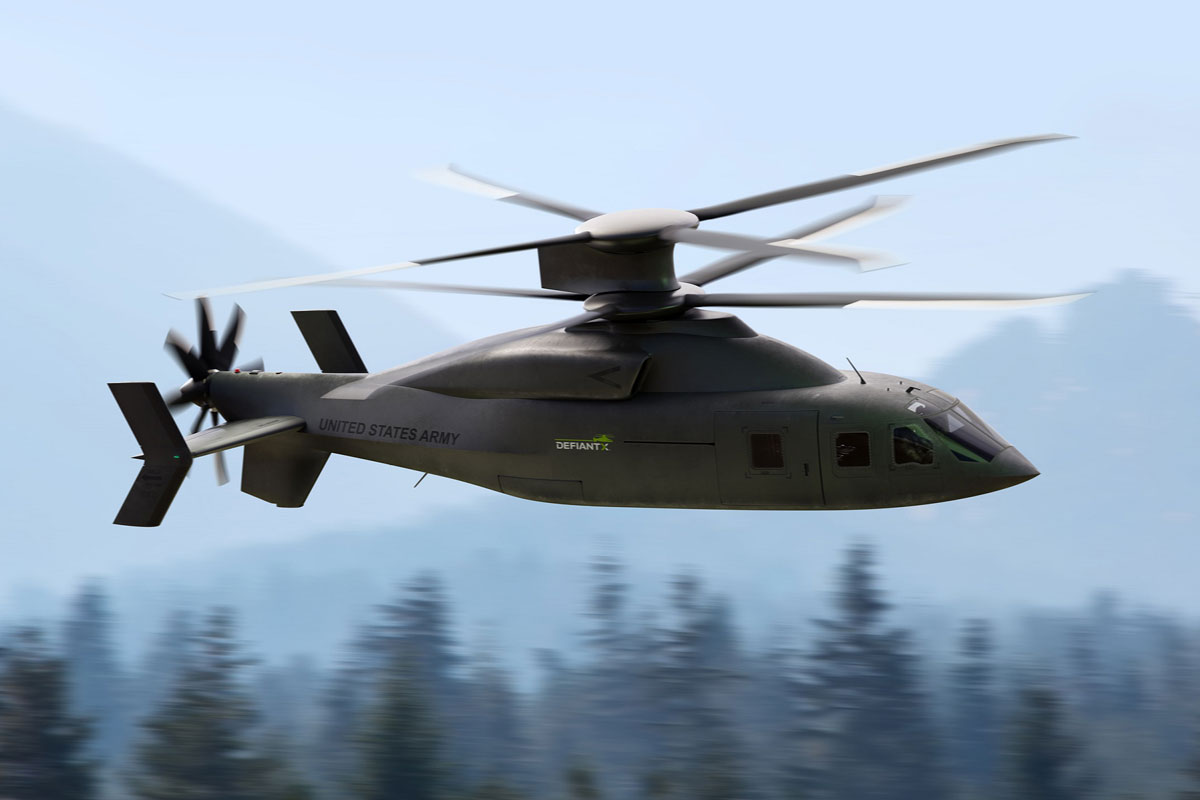
Technology tested half a decade ago
The X2 concept, in fact, is not new. Sikorsky has been studying rigid coaxial rotors for a long time, at least since the 1970s when it developed the S-69 prototype, which used turbojets on the sides to provide the necessary horizontal thrust. The program ended in the 1980s after an assessment by the Army and NASA.
Only in the mid-2000s, the manufacturer introduced a new prototype using the technology, the X2. The small experimental aircraft already had the configuration used by the two military helicopters, but on a much smaller scale.
After taking off for the first time in August 2008, the X2 soon showed its potential by exceeding 250 knots (460 km/h) two years later. The good results motivated the company to develop the S-97 Raider, a larger helicopter that flew in 2015, and the SB-1 Defiant, a technology demonstrator for the H-60 Blackhawk replacement program.
Different competitors
Now, Sikorsky, after going through the initial Pentagon selection, disputes with Bell the two important orders. The FARA program, which provides for the supply of a light reconnaissance helicopter to the place of the retired OH-58 Kiowa, is also expected to help the US Army remove some old AH-64 Apache from service.
In this competition, the rival is the Bell 360 Invictus, an helicopter of orthodox design, with ducted tail rotor and wings capable of contributing to the support of the aircraft in horizontal flight. A proposal that is based on simplicity and economy, according to the company.
Raider X, on the other hand, is betting on higher speed and greater load capacity to beat the competition. The Sikorsky helicopter has side-by-side seating while the Invictus follows a philosophy of tandem occupants like other combat models. In common, the two models will have to offer a modular avionics architecture, capable of adapting the aircraft to new technologies and equipment.
The next phase of the dispute involves the production of prototypes and subsequent flight tests. The Army plans an order within fiscal year 2023.
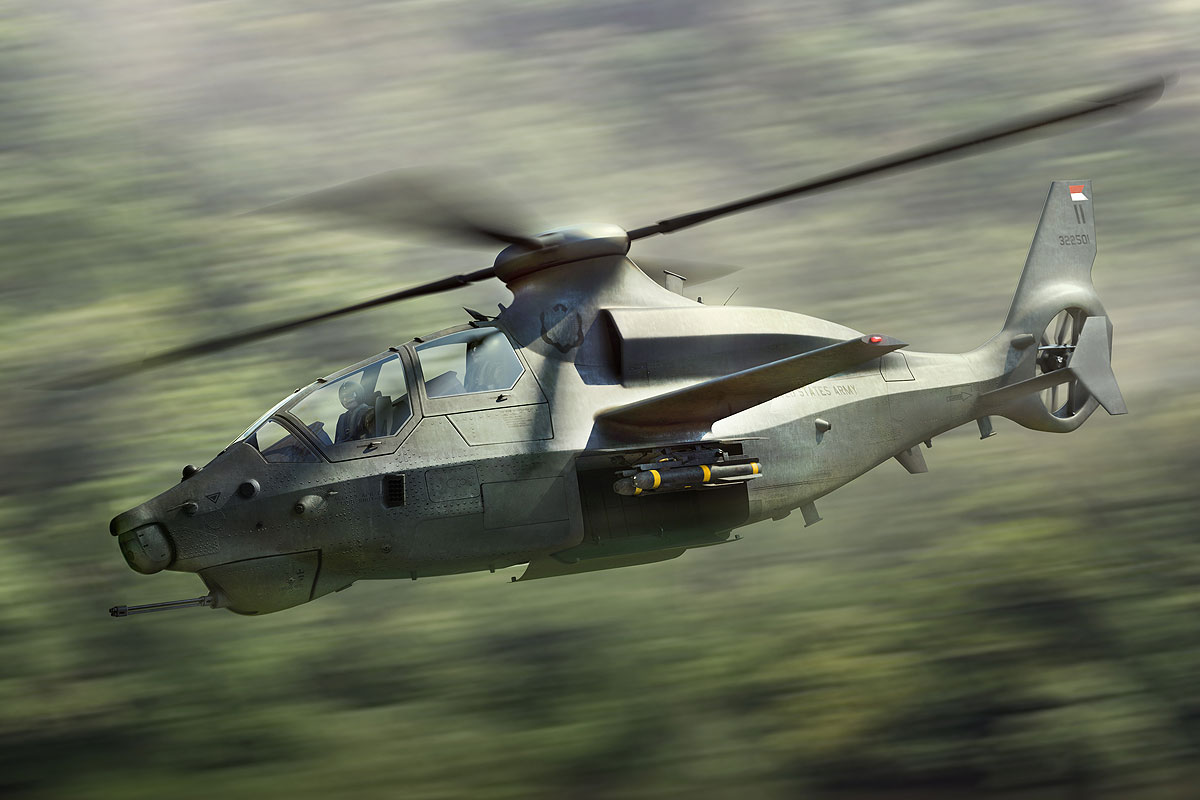
Tilt-rotor
The FLRAA competition, to replace the Blackhawk, has bolder proposals and orders that may involve supplying aircraft to other forces. In general, the Pentagon is looking for a helicopter with a large combat radius, high speed, considerable cargo capacity and the ability to transport eight to 12 occupants.
Bell invests in a concept with which it already works with the armed forces, the tilt-rotor, thanks to the pioneering V-22 Osprey aircraft. But this time it is a smaller aircraft, the V-280 Valor, and with some configuration changes, among them the V-tail and the fact that only the set of propellers is tilting while the nacelle is fixed. This should be reflected in a simpler and lighter design, favoring a more reliable maintenance and flight.
The big challenge for Bell is to make the V-280 cheap since the Osprey proved to be a very expensive aircraft. In return, the rotor tilt is capable of flying at very high speeds.
Sikorsky and its partner Boeing, which introduced the Defiant X in January, believes that its technology, despite being slower than the V-280, has greater agility, especially when approaching for landing due to the ability of the propellers to be used as reversers. The manufacturer also emphasizes the smaller area of the coaxial rotors compared to the Bell model, which has separate rotors.
Both companies are waiting for a proposal request later this year and the announcement of the contract winner in 2022. At stake, the adoption or not of technologies never seen in production.
